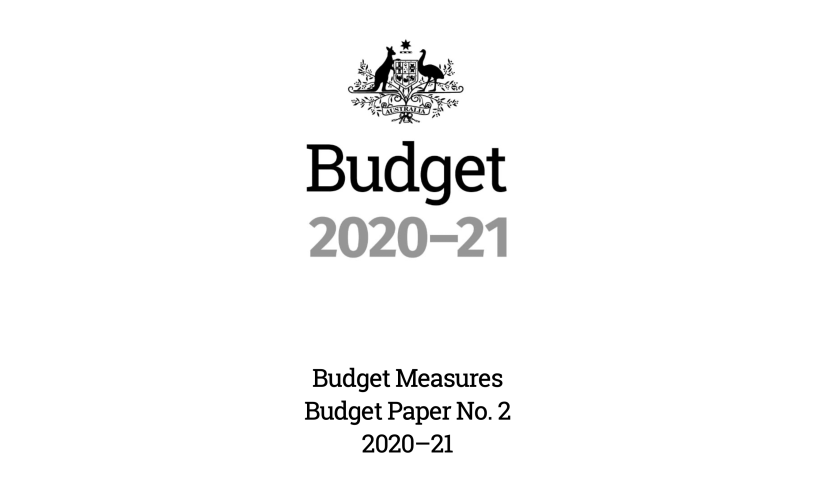To get through the worst economic crisis we’ve ever experienced, three key imperatives face governments at every level:
- Firstly, the need to invest significantly in the industries that generate the most jobs – and do it fast;
- Secondly, the need to invest in the recovery of the hardest-hit sectors – especially those with strong industry interdependencies, because while investment there yields multiple benefits, neglect there can lengthen and deepen a recession;
- And thirdly, the need to build the capacity of the entire economy to work smarter. We need to invest in confident, creative approaches to surviving and thriving – because otherwise, we’ll rapidly regress to the old normal which never foresaw this crisis.
Only ambitious investment in the creative industries meets all of these requirements – investment, that is, across their entire lifecycles or supply chains from education through to infrastructure, tourism and export.
Why is investment here so effective? Let’s look at each of those imperatives in turn:
- Every $1m in self-generated turnover creates nine jobs in the arts and entertainment industry. By comparison, only 1 job is created in the construction sector, and only 0.36 jobs in oil and gas extraction, for every $1m generated;
- All year we’ve been hearing about how the arts has been among the first hit, the hardest hit, and the last to recover. We’ve also been hearing a great deal about industry interdependencies – tourism being the big one that’s so crucial to Australia’s recovery;
- Unprecedented times call for unprecedented thinking. With creativity being the number one skill set demanded by the future economy, investing in arts, culture and the creative industries is key to creating our future.
So how does the 2020-2021 Budget meet these challenges?
- There was no mention of the creative industries;
- Indirect investment in job creation has been preferenced, rather than investing in employment-intensive industries with high job generation;
- For example, in his speech this evening the Treasurer described instant asset write-offs as “a game-changer” that would “unlock investment” and “create tens of thousands of jobs… This is how we will get Australians back to work.” However, this is at best an indirect claim to job creation. You can’t buy assets with money you don’t have, and with JobKeeper ending soon, there’s strong disincentive for staff to be kept by businesses who can’t afford to keep them as they work their way through to recovery. Indeed, instant asset write-offs benefit highly capital-intensive, low-employment industries such as mining, and will have negligible impact on the creative and cultural industries;
- Another example is the youth-wage-subsidy apprenticeship scheme. It lasts only 12 months, making it difficult for any non-profit or smaller creative enterprises to invest the time into training someone who they’d be unlikely to afford to keep after that initial year. Across all industries, this risks shifting the youth unemployment burden further into the future. And because the scheme is not tied to TAFE or other education outcomes, it disadvantages high-skill industries such as the arts;
- In this respect, there were no announcements on investment in sectors whose work directly supports employment and return to the workforce, such as childcare.
What’s been announced earlier in the year, and what impact has it had?
- To date, none of the $160m committed by the Prime Minister in June has been spent, with grants expected to be announced at the end of the year, and no guidelines yet on the $90m loans option;
- While income support measures have been made available to some organisations, many have been excluded – including many casuals as well as all of local government and universities, home to hundreds of regional and suburban galleries and theatres, as well as Australia’s leading art schools;
- While $33m has been allocated to Screen Australia and $20.2m over two years to the Australian Children’s Television Foundation, local content quotas for Australian drama, documentary and kids’ tv have been cut, and instead there’s a $400m investment in attracting foreign film productions. This has alarmed Australian screen creators;
- While around $22.9m has been allocated to the National Cultural Institutions for 2020-2021 only, none were offered income support payments and have already had to reduce staffing, making this unlikely to be a net increase;
- Despite strong employment outcomes and strong earning prospects for arts and humanities graduates – higher than those of science and maths graduates – fees for arts and humanities degrees will more than double just when we need those graduates most. After announcing their concerns, Centre Alliance MPs Rebekah Sharkie and Senator Stirling Griff ensured the bill’s passage.
For governments all over the world, the 2020-2021 budget is their greatest test. Are they ready to do what it takes to create a healthier future? With this question in mind, citizens, economists and historians alike will be analysing tonight’s budget for generations to come.
As for today, the entire Australian economy is looking towards the creative industries to drive and inspire our health, resilience, education, inspiration, towns, cities, tourism – our future.
